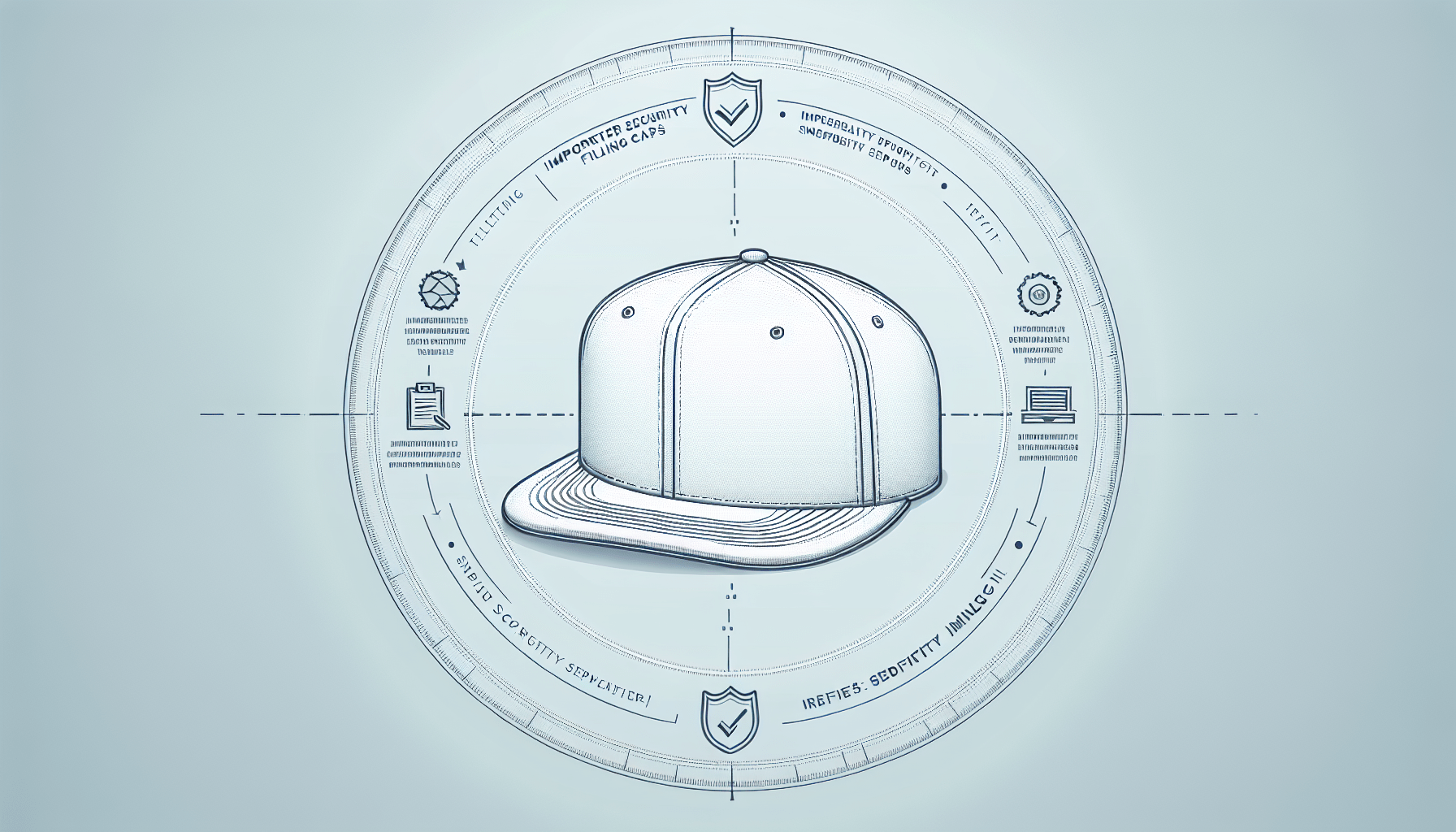When To File ISF For Snapback Caps
Why ISF Filing is Important for Snapback Caps
ISF (Importer Security Filing) is a crucial step in the process of importing goods into the United States, including snapback caps. Understanding when to file ISF for snapback caps is essential to avoid delays and penalties. In this article, we will explore the importance of ISF filing and the specific requirements for snapback caps.

What is ISF Filing?
ISF filing, also known as 10+2 filing, is a requirement by U.S. Customs and Border Protection (CBP) for all goods being imported into the United States by ocean vessel. The importer or their authorized agent is responsible for submitting the ISF information to CBP at least 24 hours before the goods are loaded onto the vessel.
The Purpose of ISF Filing
The primary purpose of ISF filing is to enhance cargo security and provide CBP with advance information about incoming shipments. By submitting accurate and timely ISF filings, CBP can better identify high-risk shipments and prevent security threats before they reach U.S. ports.
Penalties for Non-Compliance
Failure to comply with ISF filing requirements can result in significant penalties and delays in clearing your goods through U.S. customs. Penalties for non-compliance can include fines, holds on shipments, and even seizure of goods. It is crucial to adhere to ISF filing requirements to avoid these consequences.

ISF Filing Requirements for Snapback Caps
Snapback caps fall under the category of textile goods and are subject to ISF filing requirements when being imported into the United States. Here are some key requirements for ISF filing for snapback caps:
Harmonized Tariff Schedule (HTS) Code: The HTS code for snapback caps is 6505.00.8045. This code is used to classify the caps for customs purposes and must be included in the ISF filing.
Description of Goods: The ISF filing must include a detailed description of the snapback caps, including materials used, color, size, and any other relevant information.
Importer of Record: The importer of record is responsible for filing the ISF for snapback caps. This can be the owner, purchaser, or a licensed customs broker acting on behalf of the importer.
Manufacturer and Country of Origin: The ISF filing must include the name of the manufacturer of the snapback caps and the country of origin where the caps were produced.
When to File ISF for Snapback Caps
ISF for snapback caps must be filed at least 24 hours before the vessel carrying the goods is loaded at the foreign port. It is advisable to submit the ISF information as soon as it is available to ensure timely processing and avoid any last-minute issues.
ISF Filing Process for Snapback Caps
Submitting an ISF for snapback caps involves providing detailed information about the shipment to CBP in advance. Here is a step-by-step guide on the ISF filing process for snapback caps:
Gather Required Information: Collect all necessary information about the snapback caps, including the HTS code, description of goods, importer of record, manufacturer details, and country of origin.
Choose Filing Method: ISF filings can be done directly through the Automated Broker Interface (ABI) if you are a licensed customs broker or using a third-party filing service.
Submit ISF Information: Enter the required information into the ISF form, including the HTS code, description of goods, and other relevant details. Verify the accuracy of the information before submitting.
Receive ISF Confirmation: Once the ISF information is submitted, you will receive a confirmation from CBP acknowledging the receipt of the filing. Keep this confirmation for your records.
Monitor Status of Shipment: Monitor the status of your shipment to ensure that there are no issues with customs clearance. Communicate with your customs broker or shipping agent if there are any concerns.
Common Mistakes to Avoid When Filing ISF for Snapback Caps
When filing ISF for snapback caps, it is important to avoid common mistakes that can lead to penalties and delays. Here are some common mistakes to avoid:
Late Filing: Failing to submit the ISF information at least 24 hours before the vessel is loaded can result in penalties and delays in customs clearance.
Inaccurate Information: Providing incorrect or incomplete information in the ISF filing can lead to issues with customs clearance and potential fines.
Failure to Update Information: If there are any changes to the shipment after the ISF has been filed, such as delays or modifications, it is essential to update the information with CBP.
Using Incorrect HTS Code: Using the wrong HTS code for the snapback caps can result in misclassification and potential customs issues.
Benefits of Timely ISF Filing for Snapback Caps
Submitting ISF information for snapback caps in a timely manner offers several benefits for importers, including:
Avoiding Penalties: Timely ISF filing helps avoid penalties and fines for non-compliance with CBP regulations.
Smooth Customs Clearance: Early submission of ISF information ensures smoother customs clearance and fewer delays in receiving your shipments.
Enhanced Security: Providing advance information to CBP enhances cargo security and helps prevent security threats from entering U.S. ports.
Improved Compliance: Timely ISF filing demonstrates compliance with customs regulations and builds a positive relationship with CBP.
Conclusion
Filing ISF for snapback caps is an essential step in the import process that should not be overlooked. By understanding the importance of ISF filing, knowing when to file, and following the necessary requirements, importers can ensure a smooth customs clearance process and avoid penalties or delays. Remember to gather all required information, submit the ISF in a timely manner, and monitor the status of your shipment to ensure a successful importation of snapback caps into the United States.
